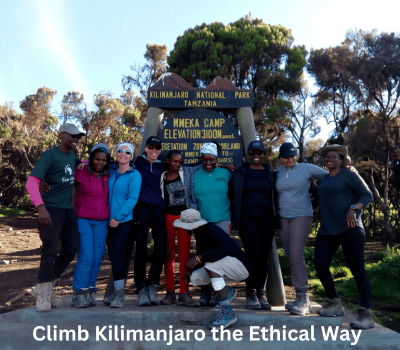Is Climbing Kilimanjaro Dangerous?
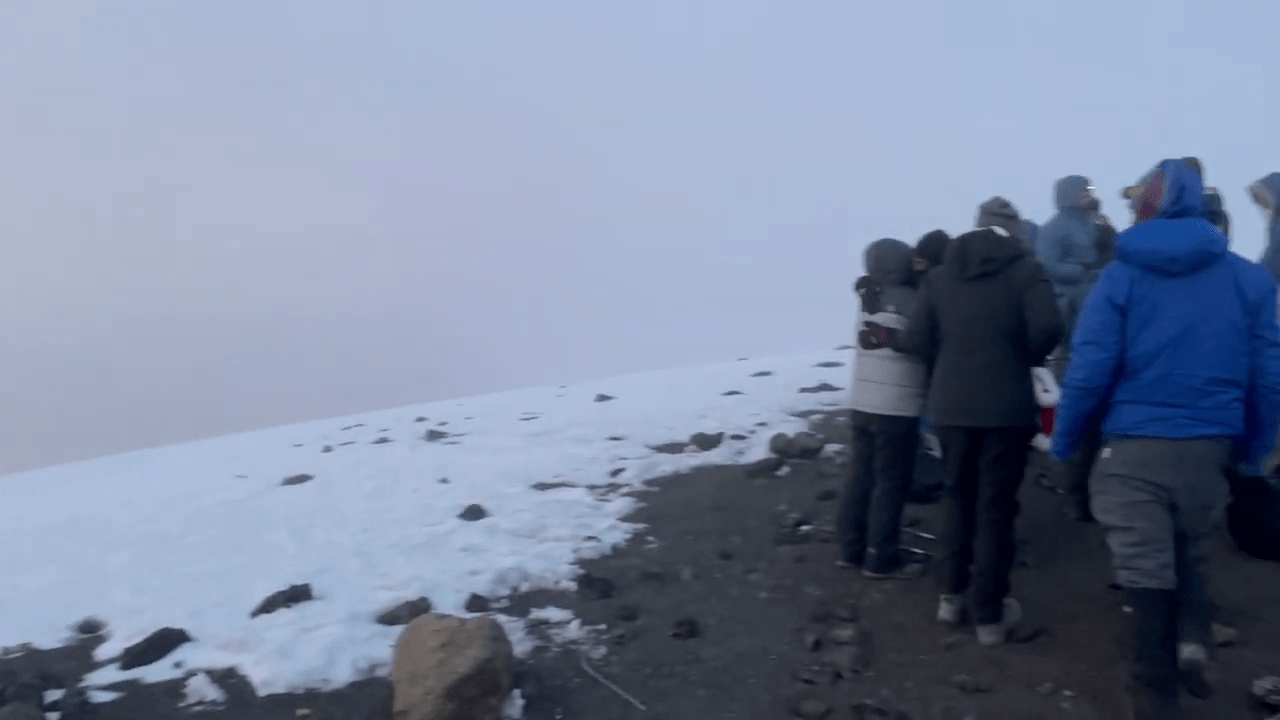
Introduction: Understanding the Risks of Africa’s Highest Peak
Mount Kilimanjaro, Africa’s tallest mountain at 5,895 meters (19,341 feet), attracts thousands of climbers annually. While it’s a non-technical climb, meaning it doesn’t require specialized climbing equipment or skills, it presents significant challenges that can pose risks to climbers. Understanding these risks is crucial for anyone considering this adventure.
The primary dangers associated with climbing Mount Kilimanjaro include altitude sickness, extreme weather conditions, and physical exhaustion. Each of these factors can impact climbers differently, and being prepared to handle them is essential for a safe and successful ascent.
Altitude Sickness: The Most Common Challenge
Altitude sickness is the most significant concern for climbers on Mount Kilimanjaro. As you ascend, the decrease in atmospheric pressure results in lower oxygen levels, which can lead to acute mountain sickness (AMS), high-altitude cerebral edema (HACE), or high-altitude pulmonary edema (HAPE). Symptoms of AMS include headaches, nausea, dizziness, and fatigue, while HACE and HAPE are more severe and can be life-threatening if not addressed promptly.
To mitigate the risk of altitude sickness, it’s crucial to follow a gradual ascent profile, allowing the body to acclimatize. Choosing a longer route, such as the Lemosho or Northern Circuit, can increase the chances of successful acclimatization. Additionally, maintaining adequate hydration, consuming a balanced diet, and avoiding alcohol and tobacco can aid in acclimatization.
For more detailed information on altitude sickness, refer to this comprehensive guide: Kilimanjaro Altitude Sickness – A Comprehensive Guide.
Physical Demands and Required Fitness
Climbing Mount Kilimanjaro is physically demanding. The trek involves long days of hiking, often on steep and uneven terrain, which can lead to fatigue and exhaustion. Adequate physical preparation, including cardiovascular and strength training, is vital for building the stamina required for the climb.
Furthermore, mental resilience plays a significant role in overcoming the challenges of the trek. Maintaining a positive attitude and focusing on the goal can make a difference in successfully reaching the summit.
Weather Extremes on Kilimanjaro
Weather on Mount Kilimanjaro can be unpredictable, with temperature fluctuations ranging from tropical at the base to freezing conditions at the summit. Climbers must be prepared for sudden changes in weather, including rain, snow, and strong winds. Hypothermia and frostbite are genuine risks, particularly during the summit push, which often occurs at night when temperatures plummet.
Proper gear is essential for dealing with extreme weather conditions. This includes layered clothing, a high-quality sleeping bag, and a waterproof and windproof jacket. Additionally, monitoring weather forecasts and adjusting plans accordingly can help avoid dangerous situations.
For up-to-date weather forecasts, visit: Kilimanjaro Weather Forecast.
Risks of Climbing Without Proper Preparation
Embarking on a Kilimanjaro climb without adequate preparation increases the risk of accidents and health issues. Lack of physical fitness, insufficient acclimatization, and inadequate gear can lead to severe consequences, including failure to reach the summit or the need for emergency evacuation.
It’s essential to research and plan thoroughly before the climb. This includes selecting a reputable tour operator, understanding the route and itinerary, and ensuring you have the necessary equipment and supplies. Investing time in preparation can significantly enhance your safety and success on the mountain.
For a comprehensive gear checklist, refer to: Kilimanjaro Gear Packing List.
Importance of Guides and Support Crew
Climbing Mount Kilimanjaro is not just a physical challenge but also a logistical one. The presence of experienced guides and a reliable support crew is crucial for a successful and safe ascent. These professionals are trained to monitor climbers’ health, manage emergencies, and ensure that the journey adheres to safety protocols. They are familiar with the mountain’s terrain, weather patterns, and potential hazards, allowing them to make informed decisions that can prevent accidents and health issues. Moreover, support crews handle essential tasks such as setting up camps, preparing meals, and carrying equipment, enabling climbers to focus on the trek itself.
For more insights on the advantages of hiring local guides, refer to this article: Advantages of Hiring a Local Guide for Kilimanjaro.
Emergency Protocols and Rescue Services
Despite thorough preparation, emergencies can occur during the climb. It’s vital to understand the emergency protocols and available rescue services on Mount Kilimanjaro. Most reputable tour operators have established procedures for dealing with altitude sickness, injuries, and other health issues. This includes regular health checks, access to first aid, and the availability of oxygen supplies. In severe cases, evacuation may be necessary. The Kilimanjaro National Park Authority (KINAPA) provides rescue services, including stretchers and, in some cases, helicopter evacuations. However, the efficiency of these services can vary, and it’s advisable to have comprehensive travel insurance that covers high-altitude trekking and emergency evacuations.
For detailed information on emergency evacuation procedures, visit: Kilimanjaro Emergency Evacuation Procedures.
Role of Training and Acclimatization
Physical fitness plays a significant role in the success of a Kilimanjaro climb. Engaging in regular cardiovascular and strength training exercises can enhance endurance and reduce fatigue during the trek. However, fitness alone doesn’t guarantee success; acclimatization is equally important. The body’s ability to adapt to high altitudes varies among individuals, and ascending too quickly can lead to altitude sickness. Choosing routes that allow for gradual ascent, such as the Lemosho or Northern Circuit, can improve acclimatization. Additionally, incorporating rest days and following the “climb high, sleep low” principle can aid in adjusting to the altitude. Some climbers also use medications like acetazolamide (Diamox) to prevent altitude sickness, but it’s essential to consult with a healthcare provider before using such medications.
For more information on acclimatization strategies, refer to: Kilimanjaro Altitude Sickness.
Equipment Risks and Gear Considerations
Proper gear is essential for a safe and comfortable Kilimanjaro climb. Inadequate or faulty equipment can lead to discomfort, injuries, or even life-threatening situations. Essential gear includes appropriate clothing for varying weather conditions, sturdy hiking boots, sleeping bags rated for sub-zero temperatures, and reliable backpacks. It’s crucial to test all equipment before the climb to ensure functionality. Additionally, climbers should be prepared for sudden weather changes by packing waterproof and windproof layers. Using trekking poles can also provide stability on uneven terrain and reduce strain on joints. Lastly, carrying a personal first aid kit with basic medical supplies is advisable, even when trekking with a support crew.
For a comprehensive gear checklist, refer to: Kilimanjaro Gear Packing List.
Route Selection and Its Impact on Safety
Mount Kilimanjaro offers several routes to the summit, each varying in length, difficulty, and scenery. The choice of route can significantly impact the safety and success of the climb. Longer routes like the Lemosho and Northern Circuit provide better opportunities for acclimatization, reducing the risk of altitude sickness. In contrast, shorter routes like the Marangu or Umbwe may appeal to those with time constraints but offer less time for the body to adjust to the altitude. Some routes, such as the Western Breach, are more challenging and involve steeper ascents, increasing the risk of rockfalls and requiring a higher level of fitness and experience. It’s essential to research each route thoroughly and choose one that aligns with your fitness level, experience, and the amount of time you can allocate for the climb.
For detailed information on route options, refer to: Kilimanjaro Routes.
Conclusion: Embrace the Challenge with Confidence
Climbing Mount Kilimanjaro is undoubtedly a formidable endeavor, presenting challenges such as altitude sickness, unpredictable weather, and physical exhaustion. However, with proper preparation, the risks can be managed effectively. Choosing the right route, training adequately, acclimatizing properly, and selecting a reputable tour operator are crucial steps toward a safe and successful ascent. Remember, the journey to the summit is as significant as reaching the peak itself. Embrace the adventure with confidence, respect the mountain, and take the necessary precautions to ensure a memorable and safe experience.
Frequently Asked Questions (FAQs)
- Is climbing Kilimanjaro dangerous for beginners?
While Kilimanjaro is a non-technical climb, it poses risks such as altitude sickness and physical exhaustion. Beginners can undertake the climb with proper preparation, choosing longer routes for better acclimatization, and hiring experienced guides.
- What is the success rate for reaching the summit?
Success rates vary by route and duration. Longer routes like the Northern Circuit have higher success rates (over 90%) due to better acclimatization opportunities.
- Do I need special equipment to climb Kilimanjaro?
Specialized climbing gear is not required, but appropriate clothing for varying weather conditions, sturdy hiking boots, and a good-quality sleeping bag are essential.
- Can I climb Kilimanjaro without a guide?
No, Tanzanian regulations require climbers to be accompanied by a registered guide. Hiring a reputable tour operator ensures safety and compliance with local laws.
What is the best time of year to climb Kilimanjaro?
The best times to climb are during the dry seasons: January to mid-March and June to October. These periods offer more stable weather conditions, enhancing safety and visibility.
Share:
Related Posts
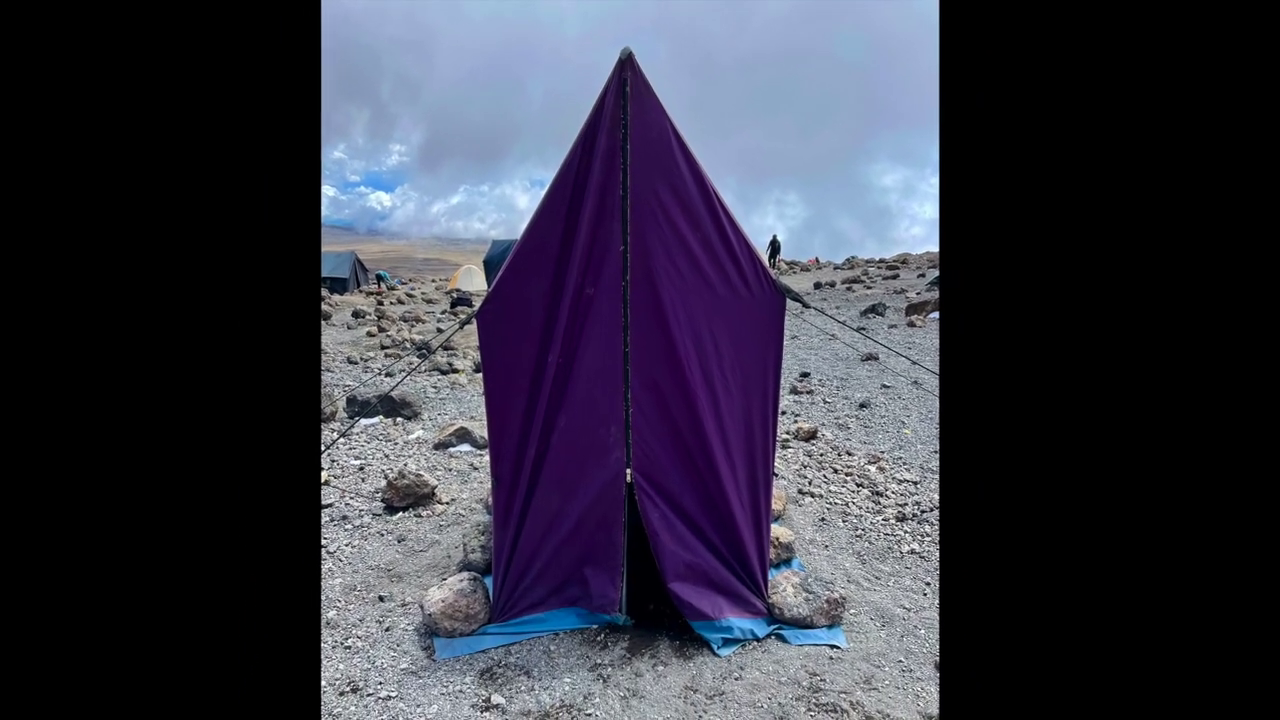
bathroom on mountain kilimanjaro
Bathroom on Mountain Kilimanjaro: What to Expect and How to Prepare Introduction One of the most common — and least discussed — questions from people

Are Guides Readily Available in Tanzania Without Prior Booking?
Are Guides Readily Available in Tanzania Without Prior Booking? Introduction: Should You Risk Climbing Without Pre-Booking? Climbing Mount Kilimanjaro is a dream for many adventurers.
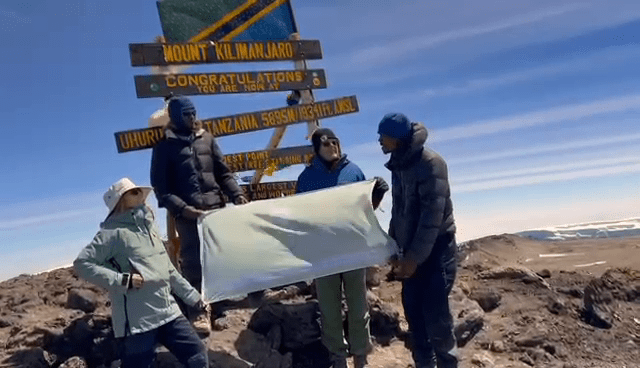
How Can I Find a Reliable Local Guide for My Kilimanjaro Expedition?
How Can I Find a Reliable Local Guide for My Kilimanjaro Expedition? Introduction: Why the Right Guide Is Key to Kilimanjaro Success Climbing Mount Kilimanjaro
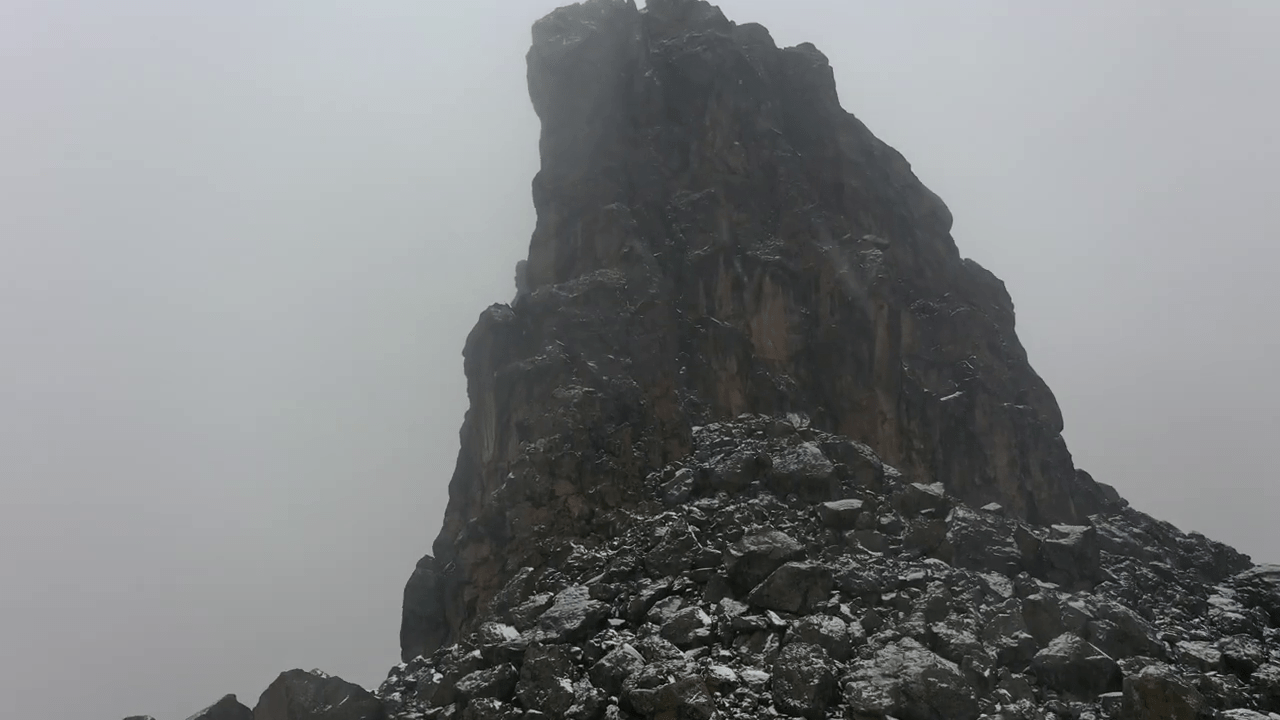
Is Climbing Kilimanjaro Dangerous for Individuals Without Mountaineering Experience?
Is Climbing Kilimanjaro Dangerous for Individuals Without Mountaineering Experience? Introduction: The Myth of Danger and Experience Many aspiring adventurers wonder if climbing Mount Kilimanjaro is
